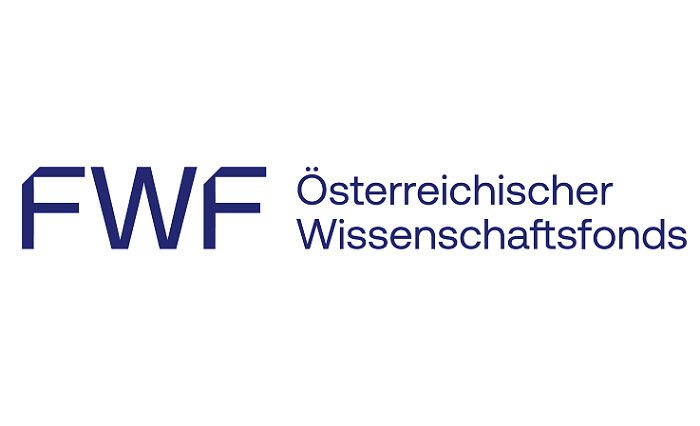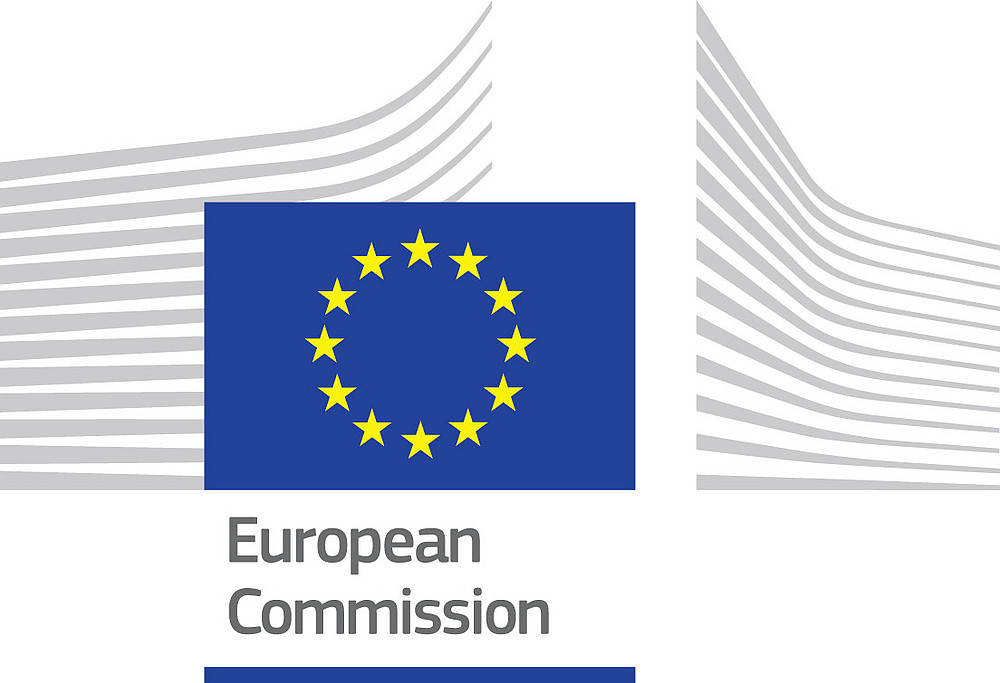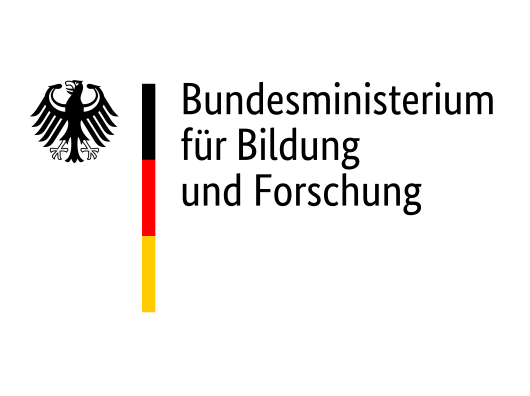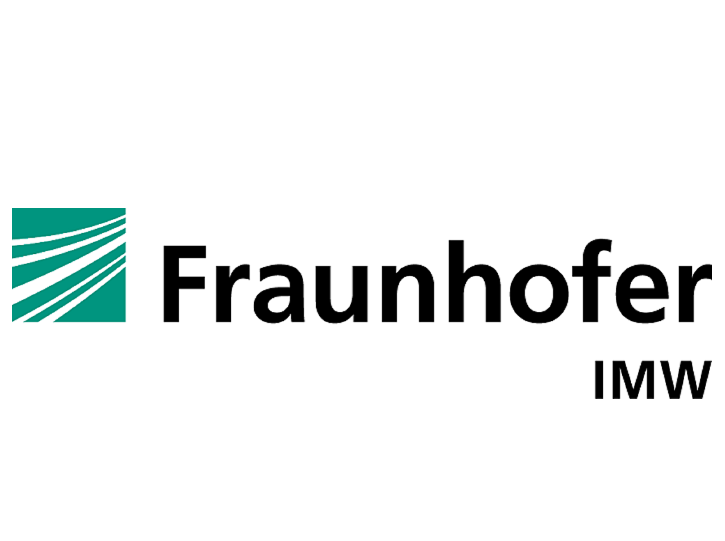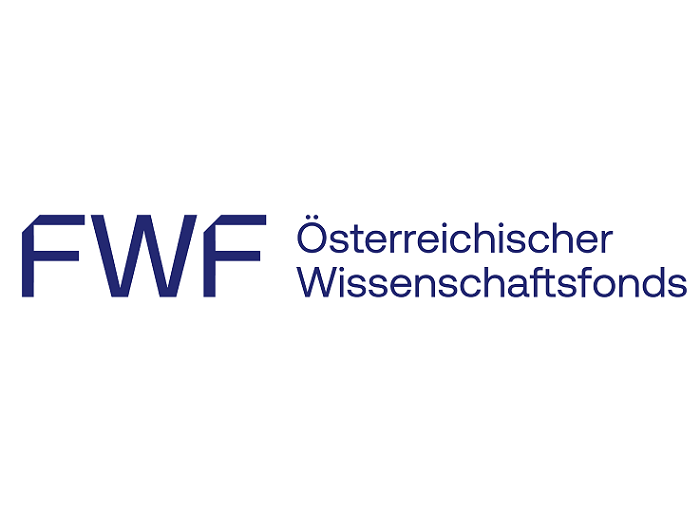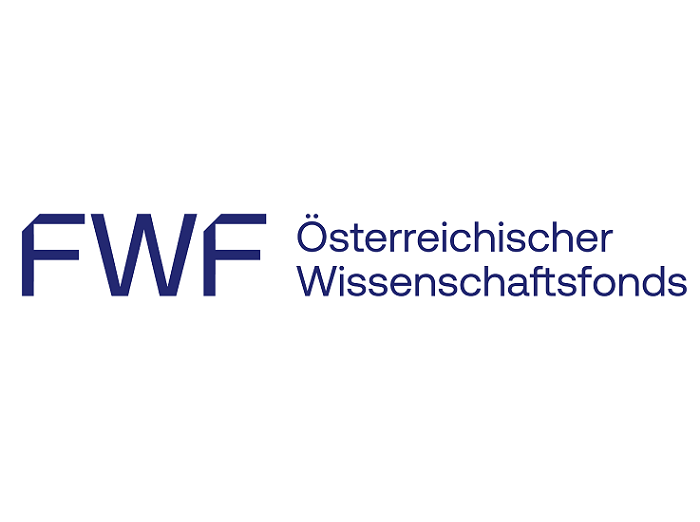Projects
Here you can view all of our third-party funded projects
Running Projects
- Christian Doppler Lab for Structured Matter Based Sensing
- Terminal maturation of erythroid progenitors
- Inline monitoring and process modeling for quality optimization in the production of stators for electric motors - IMPROFE
- smartIRIS – Smart maintenance of wheelset shafts by integrating voltage measurements into production and driving operations
- NextGen Ultrasonic Imaging: Photoacoustic Imaging array and Emerging Technologies
Completed Projects
- SuperPixels
- HoChSEE - Hochpräzise Charakterisierung und Steuerung einzelner Emitter
- QUILT - Quantum Methods for Advanced Imaging Solutions
- OMiPPAB – Charakterisierung von Veränderungen der Organ Mikroperfusion mit Hilfe von Photoakustischer Bildgebung
- LUSI-Q – Laserultraschall zur Inline Qualitätssicherung in der Halbleiterindustrie
- Fast all-optical photoacoustic micro-imaging of vasculature
Christian Doppler Lab for Structured Matter Based Sensing
Since 2023
Laboratory heads Peter Banzer (KFU) and Alexander Bergmann (TU Graz); with Infineon, ams-OSRAM, voestalpine Stahl Donawitz GmbH
The primary mission of the Christian Doppler Laboratory for Structured Matter Based Sensing is centered on the fundamental study and development of patterned materials and surfaces as powerful and versatile platforms for applications in sensing as well as metrology.
Terminal maturation of erythroid progenitors
From 2022 until 2025
FWF project; national collaboration partner: Robert Nuster.
Blood transfusions are of utmost importance in modern medicine. Researchers all over the world try to overcome the growing supply bottleneck of healthy blood products from donors with ex vivo erythropoiesis cultures. Over the last decades, expansion, differentiation and maturation of HSPCs allowed for the generation of red blood cells in defined ex vivo culture conditions (Bernecker).
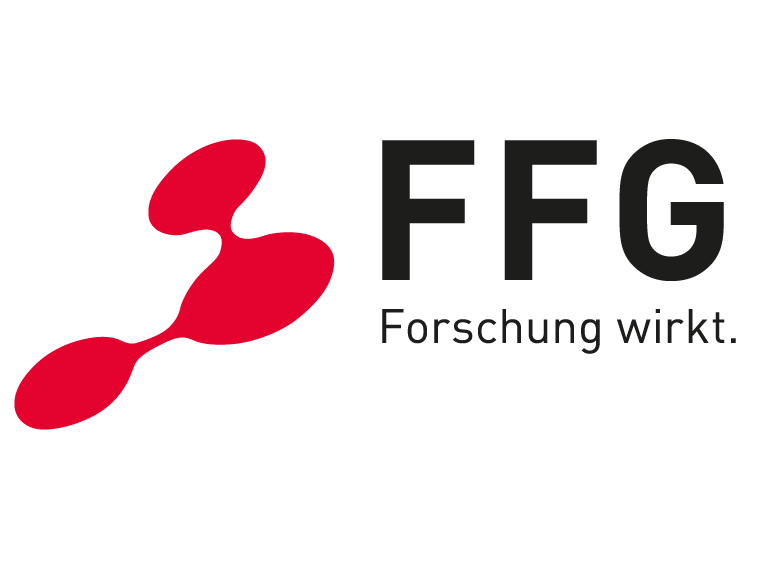
Inline monitoring and process modeling for quality optimization in the production of stators for electric motors - IMPROFE
From 2021 until 2024
FFG project, project leader: Robert Nuster
The overall aim of the project is to research and test inline inspection methods and calculation models for a digital image in order to enable high-quality and resource-saving production of hairpin stators for electric motors in very large quantities. The project objectives will be achieved by using modern laser-induced ultrasound and optical measurement methods and by applying AI-based data analysis methods and modeling approaches. The process and test data are intended to be evaluated in real time as far as possible so that measures and process adjustments can be initiated immediately in the event of deviations.

smartIRIS – Smart maintenance of wheelset shafts by integrating stress measurements into production and driving operations
From 2023 until 2025
FFG project; Project leader: Günther Paltauf
The aim of the project is to develop a concept for the condition-oriented, predictive maintenance of wheelset shafts by integrating continuous load measurements and recurrently measured residual stress depth profiles. Our specific task in this project is to develop a method based on laser ultrasound to measure residual stress profiles in steel samples non-destructively. These residual stresses are introduced during the production of wheelset shafts, e.g. by rolling, in order to increase the crack resistance of the shafts and thus their service life. The optical excitation and detection of the ultrasound should make it possible to measure minimal, frequency-dependent changes in the speed of sound caused by the stresses in the workpieces. The required stress profiles are then calculated from this data.
NextGen Ultrasonic Imaging: Photoacoustic Imaging array and Emerging Technologies
From 2023 until 2024
Project with Infineon; Project leader: Robert Nuster
Development of flexible applicable ultrasound transducer technology based on CMUT technology for multimodal photoacoustic and ultrasound imaging.
SuperPixels
From 2019 until 2023
Horizon2020 FET-OPEN project; work package leader: Peter Banzer
How we process light is key to how we observe the world around us. The EU-funded Super-Pixels project will co-develop a new integrated sensor platform that will revolutionise the way we process light, to allow the full utilisation of its fundamental properties. It will radically impact the technology that is deployed in a broad spectrum of cross-disciplinary areas such as nanoparticle detection, compact atmospheric corrected imaging systems, endoscopy, coherent communications and on-chip processing of structured light.
HoChSEE - Hochpräzise Charakterisierung und Steuerung einzelner Emitter
From 2020 until 2023
BMBF-VDI Quantum Technologies project; project leader: Peter Banzer
The motivation of the project is to control the radiation characteristics of nanoscopic antennas and light sources. The aim is to ensure that the antennas and light sources radiate specifically in a predefined direction in order to achieve a higher yield of light for technological applications. Furthermore, a controllable directionality of the radiation can be achieved, and light can thus be directed on the smallest length scales (VDI Technologiezentrum GmbH, 2022).
QUILT - Quantum Methods for Advanced Imaging Solutions
From 2018 until 2022
Fraunhofer Lead Project; academic contributor and expert: Peter Banzer
Physicists like Erwin Schrödinger once tried to get to the bottom of it with theoretical experiments; today, applications such as lasers, atomic clocks and semiconductor technologies make it usable - quantum physics. In the new lead project QUILT, the Fraunhofer Society brings together the scientific expertise of various individual institutes and consolidates its position as one of the most important players in quantum optical application research. (Press release / March 1, 2018).
OMiPPAB – Charakterisierung von Veränderungen der Organ Mikroperfusion mit Hilfe von Photoakustischer Bildgebung
From 2020 until 2023
FFG – Bridge Project, poject leader @ UNI-Graz: Robert Nuster
The aim of this project is to combine a liver perfusion machine with photoacoustic imaging to study microperfusion in the pig model and in human non-transplantable organs. This should enable a better assessment of organ quality. Interdisciplinary research into the pathophysiological processes during machine perfusion could be used to test different forms of therapy to improve graft function and increase the number of transplantable organs in the long term.
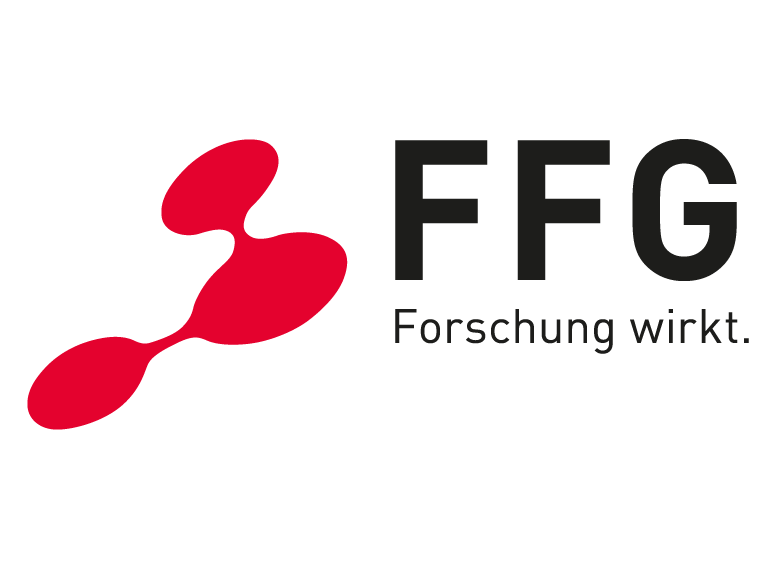
LUSI-Q – Laserultraschall zur Inline Qualitätssicherung in der Halbleiterindustrie
From 2018 until 2022
FFG project, WP leader @ UNI-Graz: Robert Nuster
The aim of this project is to develop a measurement method based on laser ultrasound (LUS) for the detection of delaminations and cracks in chip structures, intended for use as a quality assurance tool in the semiconductor industry. From simulated and measured LUS signals and the underlying physical model, a computational model will ultimately be derived that will serve as a soft sensor for the efficient detection and evaluation of anomalies in microchips.
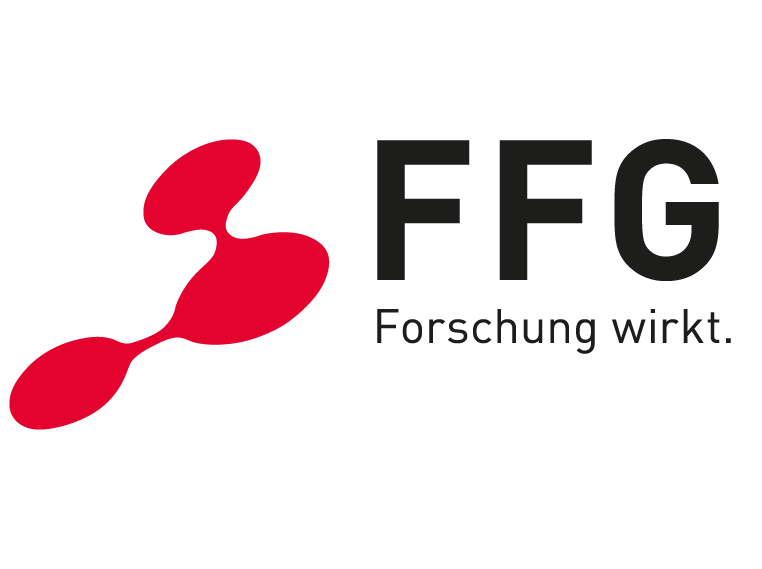
ProQualiKu – Entwicklung von Qualifikationstools zur zuverlässigen und ökonomisch effizienten Produktion von porösen Kupferschichten
From 2016 until 2020
FFG project, WP leader @ UNI-Graz: Robert Nuster
Due to their special properties, porous materials have become particularly important in a wide range of applications in recent years. For example, as catalysts, in biomimetics or in solar cells. The aim of this project at UNI-Graz was to develop a contactless and fast quality assurance tool based on laser ultrasound methods. The acoustic sound propagation properties were used as an indicator for the microstructural conditions of the sample, which can be used in the future to monitor and optimize the manufacturing process of porous metallic layers in the semiconductor industry.
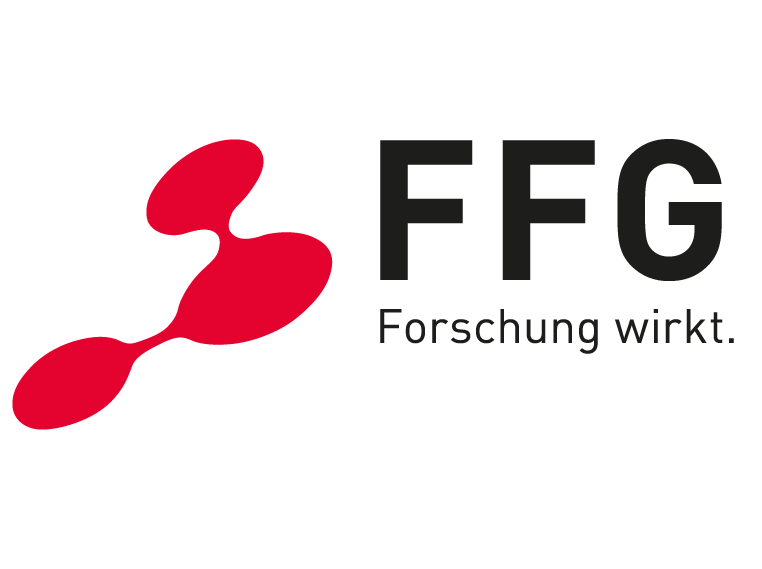
Fast all-optical photoacoustic micro-imaging of vasculature
From 2015 until 2020
FWF project, project leader: Robert Nuster
In an interdisciplinary collaboration of scientists with expertise in Physics, Mathematics and Medicine, photoacoustic imaging with optical ultrasound detection will be advanced towards application in biomedical research. Photoacoustics allows the generation of images with optical absorption contrast and resolution determined by the propagation and detection of ultrasound. Therefore, photoacoustic imaging is very attractive for biomedical research since the distribution of blood vessels and even the oxygen saturation of blood can be determined without contrast agents.
Photoacoustic Imaging in Biology and Medicine: Optical parallel detection for high-speed photoacoustic tomography
From 2011 until 2014
FWF NFN-subproject, work package leader: Robert Nuster
Photoacoustic Imaging (PAI) is becoming a major tool for preclinical studies owing to its unique property of combining aspects of optical and ultrasound imaging. Its potential for in-vitro and in-vivo imaging has been demonstrated both in tomographic setups and in photoacoustic microscopy. The proposed research network is represented by an interdisciplinary consortium of experts in photoacoustic imaging in Austria where research in physics and mathematics is heavily driven by input from biology and medicine.
Contact

Univ.-Prof. Dr.rer.nat. Peter Banzer
+43 316 380 - 8560
Institute of Physics
Universitätsplatz 5
8010 Graz
ORCID: https://orcid.org/0000-0002-6336-6953

